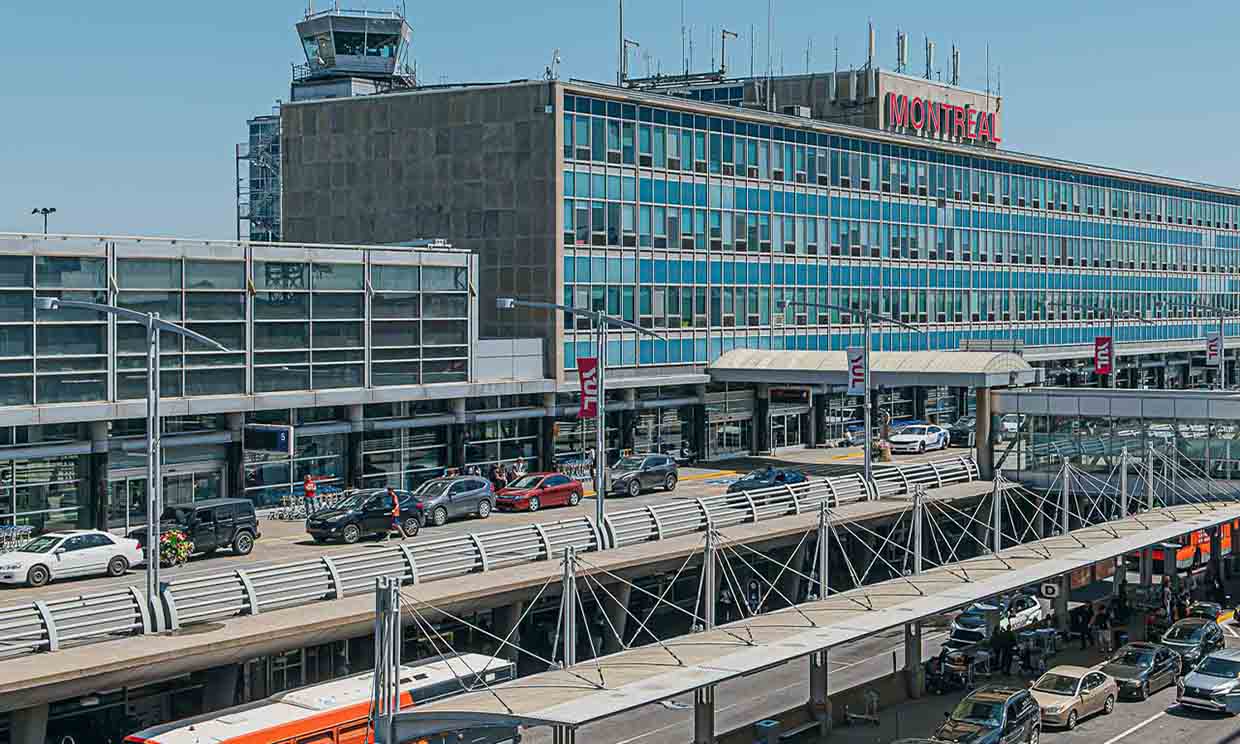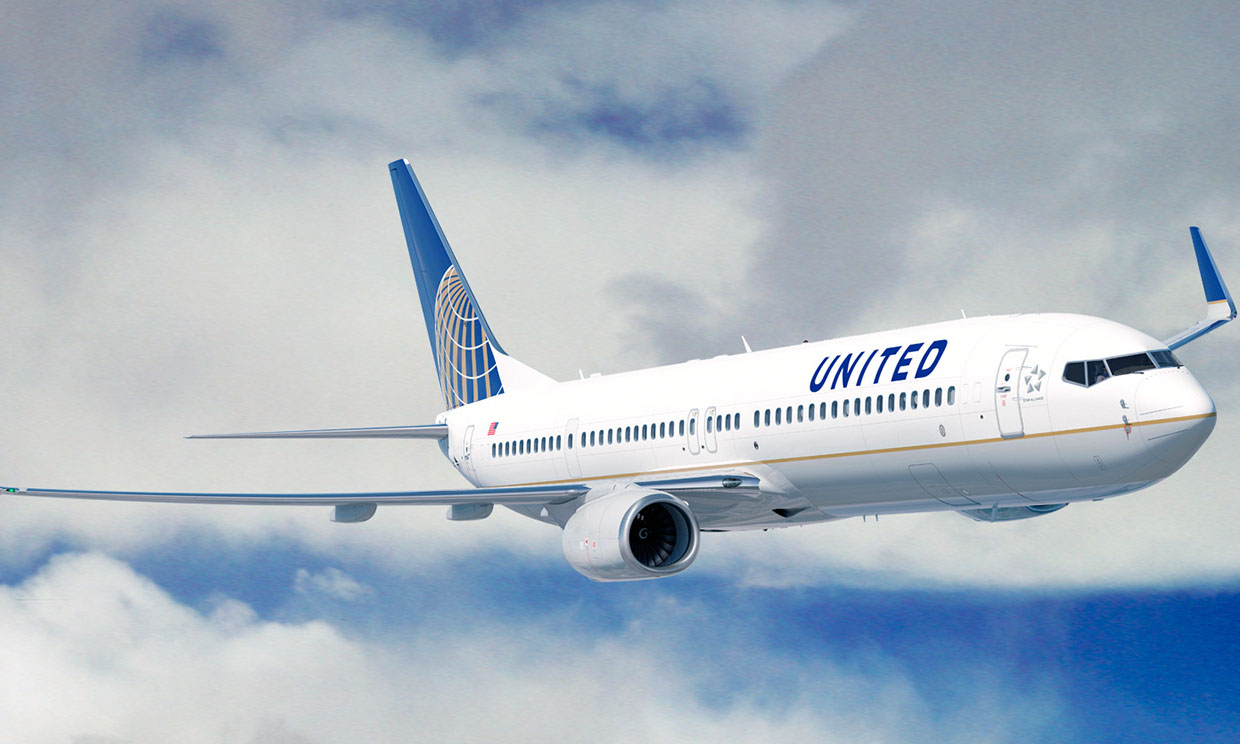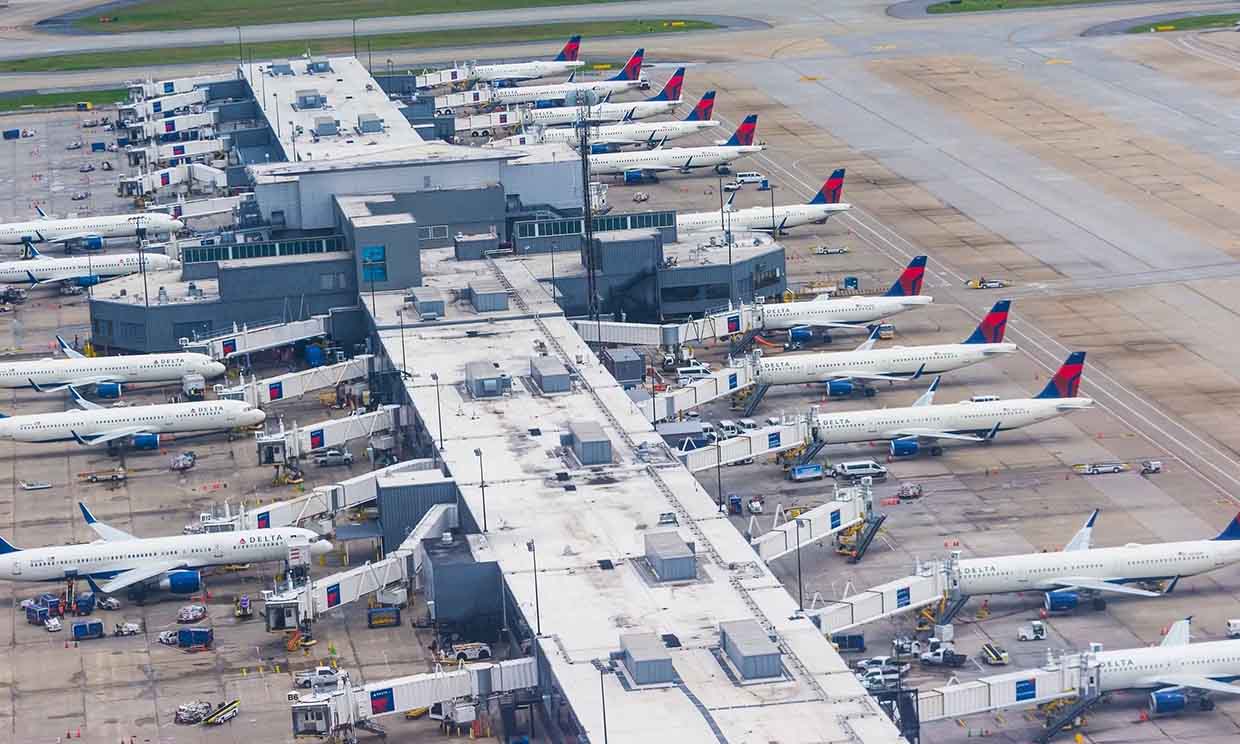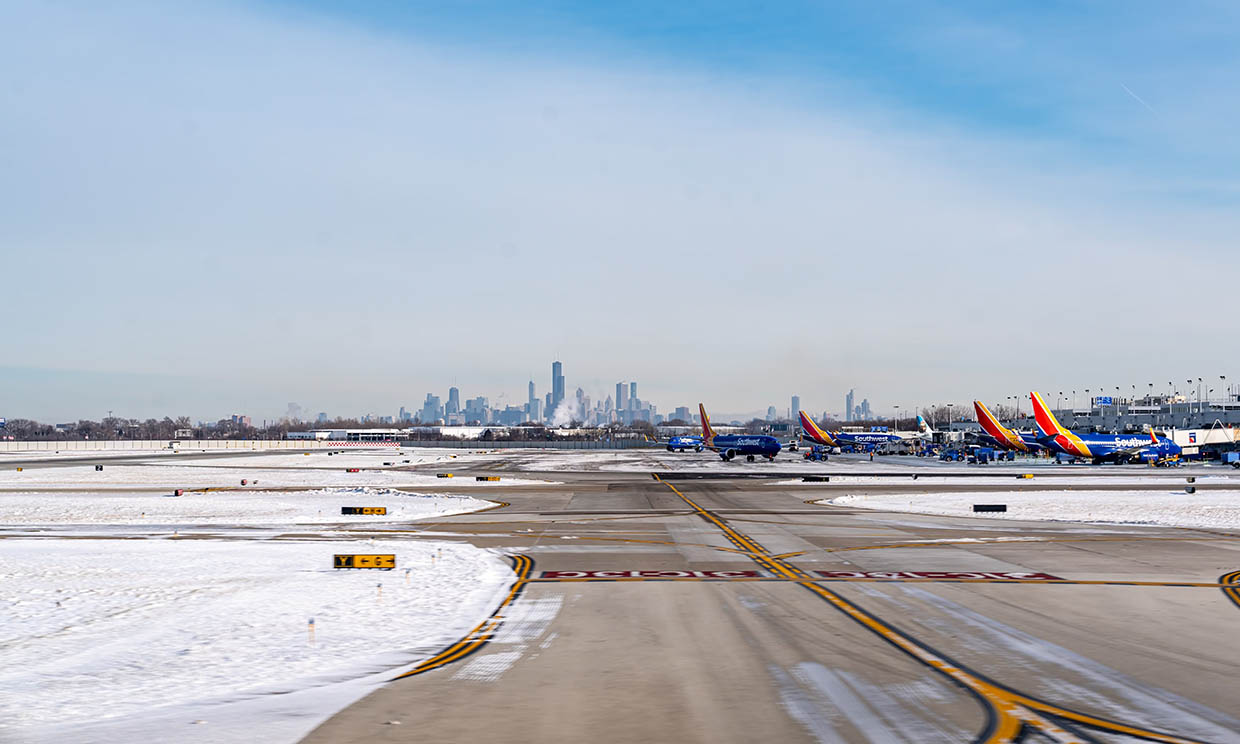Every time I plan a trip to Montreal, it feels like both an exciting and brain-bending game. The thrill comes from returning to that elegant, romantic city filled with art, culture, and European charm that makes it feel worlds apart from other North American destinations. The headache, however, is trying to keep up with airfare changes that seem to shift by the hour and can cost you hundreds if you’re not careful or quick to act. Given how vast North America is—from Los Angeles to Boston, from Miami to Vancouver—there are countless routes to Montreal, each with its own pricing quirks, seasonal variations, and airline options. That means saving strategies vary widely depending on your departure city, your timing, and your willingness to be flexible. After many rounds of trial and error, price tracking, late-night searches, and last-minute changes, I’ve finally developed a practical, flexible method for scoring the best flight deals to Montreal—one that balances cost, time, and comfort effectively.
1. Understand the Flight Network: Who Flies and What’s Worth It?
To find cheap tickets, you first need to understand how the market operates. Montréal–Pierre Elliott Trudeau International Airport (YUL) is Canada’s second-largest air hub, receiving most direct and connecting flights into the city. Its flight network covers all major North American cities, including:
- U.S. Cities: New York, Boston, Chicago, Miami, Washington D.C., Los Angeles, Seattle, Dallas, Atlanta, San Francisco, Las Vegas, and more.
- Canadian Cities: Toronto, Vancouver, Calgary, Ottawa, Edmonton, Halifax, Quebec City, etc.
Key airlines operating these routes include:
- Air Canada: Offers the most coverage and frequency but tends to be more expensive.
- United Airlines, Delta, American Airlines: Often use New York, Boston, or Chicago as connection points.
- WestJet: Known for frequent promotions, especially from Calgary and Toronto.
- Porter Airlines: A great option for short-haul flights from cities like Toronto and Ottawa, using smaller planes.
- Flair and Lynx: Canadian budget airlines—great for finding hidden gems on select routes.
List all the possible airlines and connections from your departure city, then research their promo cycles and pricing patterns to be fully informed.
2. Timing Is Everything: When to Book for the Best Deals
Timing is one of the most critical variables in airfare pricing—not just your travel dates, but also when you buy your ticket.
- How far in advance should you book?
- Domestic (Canada): 3–6 weeks in advance is the “golden window,” especially outside peak seasons.
- U.S. to Canada: Booking 6–8 weeks ahead usually yields the best fares. Promo deals often appear about 2 months before departure.
- Holidays/Peak Season (Summer, Christmas, Thanksgiving, Easter): Book at least 3 months in advance—or risk missing out entirely.
- Best days to book?
Through my experiments tracking fares over weeks, I found that:- Tuesday and Wednesday mornings (EST): Most airlines release promo fares or refresh pricing then.
- Fridays through Sundays: Prices trend slightly higher due to weekend travel surges.
- Between 1 a.m. and 3 a.m.: Some booking sites release “returned” low-fare seats at night.
So if you’ve locked in on a route, check fares every Tuesday and Wednesday and set price alerts within your desired range to catch the lowest dips.
3. Smart Layovers Can Beat Direct Flights
While direct flights may seem more convenient, they aren’t always the cheapest way to reach Montreal—especially if you’re flying from less-connected cities.
Here are a few real-world examples:
- From Los Angeles: Direct flights can cost CAD 450+, but routing through Chicago or Toronto can lower prices to CAD 280–350.
- From Miami: Flying via New York could bring the total to around CAD 250—and you get a bonus stopover.
- From Calgary: Routing through Ottawa or Quebec City, then taking a short Porter Airlines hop to Montreal, can be 20% cheaper than a direct route.
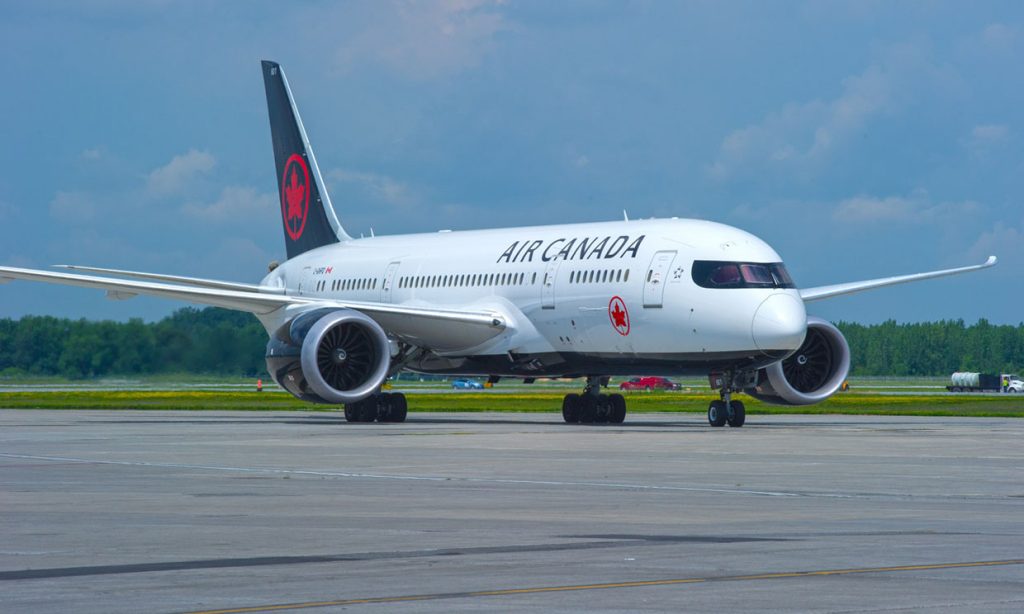
If you’re flexible with time, choosing a one-stop itinerary can help you avoid high-traffic airports (like JFK or Toronto Pearson at peak hours) and give you both savings and new places to explore.
Pro Tip: Don’t book layovers shorter than 90 minutes—especially when switching terminals or crossing borders (like U.S. to Canada). Aim for 2 hours if possible.
4. Don’t Let Comparison Tools Outsmart You
Using Skyscanner, Google Flights, and Hopper is now second nature to most travelers—but they come with their own tricks.
How to use them wisely:
- Clear browser cache or use Incognito Mode: This helps avoid algorithm-based fare inflation after repeated searches.
- Set flexible dates and nearby airports: For instance, New York has JFK, LGA, and EWR. Ottawa is just two hours from Montreal and can be compared.
- Use Google Flights to build a plan, then book on the airline’s website: Google offers comprehensive flight maps, but not always the lowest prices. Record the flight number, then complete the booking directly through the airline to save on fees and get better support.
Other lesser-known but highly useful platforms:
- ITA Matrix (by Google): Advanced search options for multi-city or multi-leg routes.
- Flight Connections: Great for viewing all route possibilities from any airport.
- Secret Flying / Scott’s Cheap Flights: Round up promo fares for long-term planners.
5. Mix and Match: Try Combo Tickets and Open-Jaw Trips
Combining different airlines and routes can often beat traditional roundtrips.
Example:
- Vancouver–Montreal: Roundtrip tickets typically cost CAD 500+
- Combo Strategy: Take WestJet outbound via Calgary, and return on Porter via Ottawa—total cost drops to around CAD 340.
Or try an Open Jaw itinerary:
- Outbound: New York → Montreal
- Return: Quebec City → New York
You get to explore two destinations and save time and money on transportation.
Bonus Tip: Avoid multi-airline combos from different alliances (e.g., Delta + Air Canada), as delays on one could jeopardize the rest of your trip without compensation.
6. Use Travel Points and Airline Rewards You Already Have
Many travelers in North America hold credit cards with travel points or frequent flyer miles, but often overlook their value when booking short-haul trips. With proper planning, these points can significantly reduce your airfare—or even cover the entire ticket. Don’t let valuable rewards go to waste.
Best programs for Montreal flights:
- Aeroplan (Air Canada): Domestic short-haul flights within Canada start at just 7,500 points one-way, making it one of the most affordable and efficient ways to book trips to Montreal from cities like Toronto, Ottawa, or Halifax. It’s especially valuable for travelers who fly Air Canada frequently.
- AAdvantage (American Airlines): This program can offer excellent redemption value for flights between the U.S. and Canada, particularly from hubs like New York, Chicago, or Boston. Booking with miles can often bypass high seasonal cash fares.
- Chase / Amex / RBC Avion Points: These flexible reward points can be transferred to airline partners such as Air Canada, Delta, British Airways, or Flying Blue. This flexibility allows travelers to shop for the best deals across multiple airlines, enhancing value and availability.
- WestJet Dollars: Unlike traditional points, these act as cash equivalents that are applied directly during checkout, reducing the total ticket price. They are particularly useful for travelers in Western Canada, where WestJet frequently offers affordable flights to Montreal.
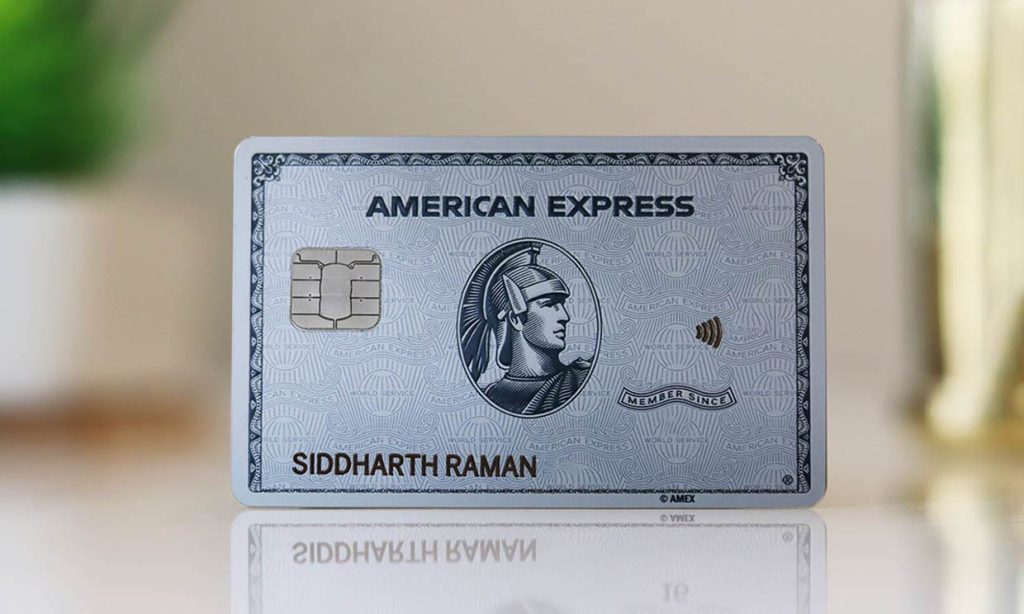
If you travel more than a few times a year, consider upgrading to a premium travel credit card such as the Amex Platinum or Chase Sapphire Preferred. These cards offer generous welcome bonuses, travel credits, airport lounge access, and accelerated point accumulation—benefits that can dramatically reduce your long-term travel costs.
7. Consider Alternative Airports to Save Big
Sometimes, just choosing a different departure or arrival airport can slash your costs by 40–50%.
Common substitutions:
- Flying to Montreal:
- Ottawa (YOW): Then take a Via Rail train—2 hours to Montreal.
- Quebec City (YQB): Sightsee there, then bus/train to Montreal.
- Flying from:
- New York: Try LGA or EWR instead of JFK.
- Los Angeles: Look into Long Beach (LGB) or Burbank (BUR).
- Chicago: Midway (MDW) is often cheaper than O’Hare (ORD).
- Toronto: Hamilton (YHM) offers low-cost carriers with frequent deals to YUL.
These are ideal for flexible or budget-conscious travelers who don’t mind adding a short ground transfer.
8. Don’t Just Look at Price—Evaluate Overall Efficiency
There are countless ways to reach Montreal—but the smartest travelers know it’s not just about the lowest price. Each ticket should be weighed for its value in time, energy, and travel experience.
- Book 6–8 weeks ahead: Always a good baseline.
- Flexible dates + creative routes: Boosts your chance of finding deals.
- Smart use of rewards + tools: Enhances cost-efficiency.
- Strategic airport choices: Adds comfort and savings.
So next time you’re planning a flight to Montreal, don’t just open a comparison site and hope for a miracle sale—be the kind of traveler who owns the booking process. Save that extra cash and spend it on a French dinner in Old Port, a cozy boutique stay with a fireplace, or simply watching the sunset outside Saint Joseph’s Oratory.
